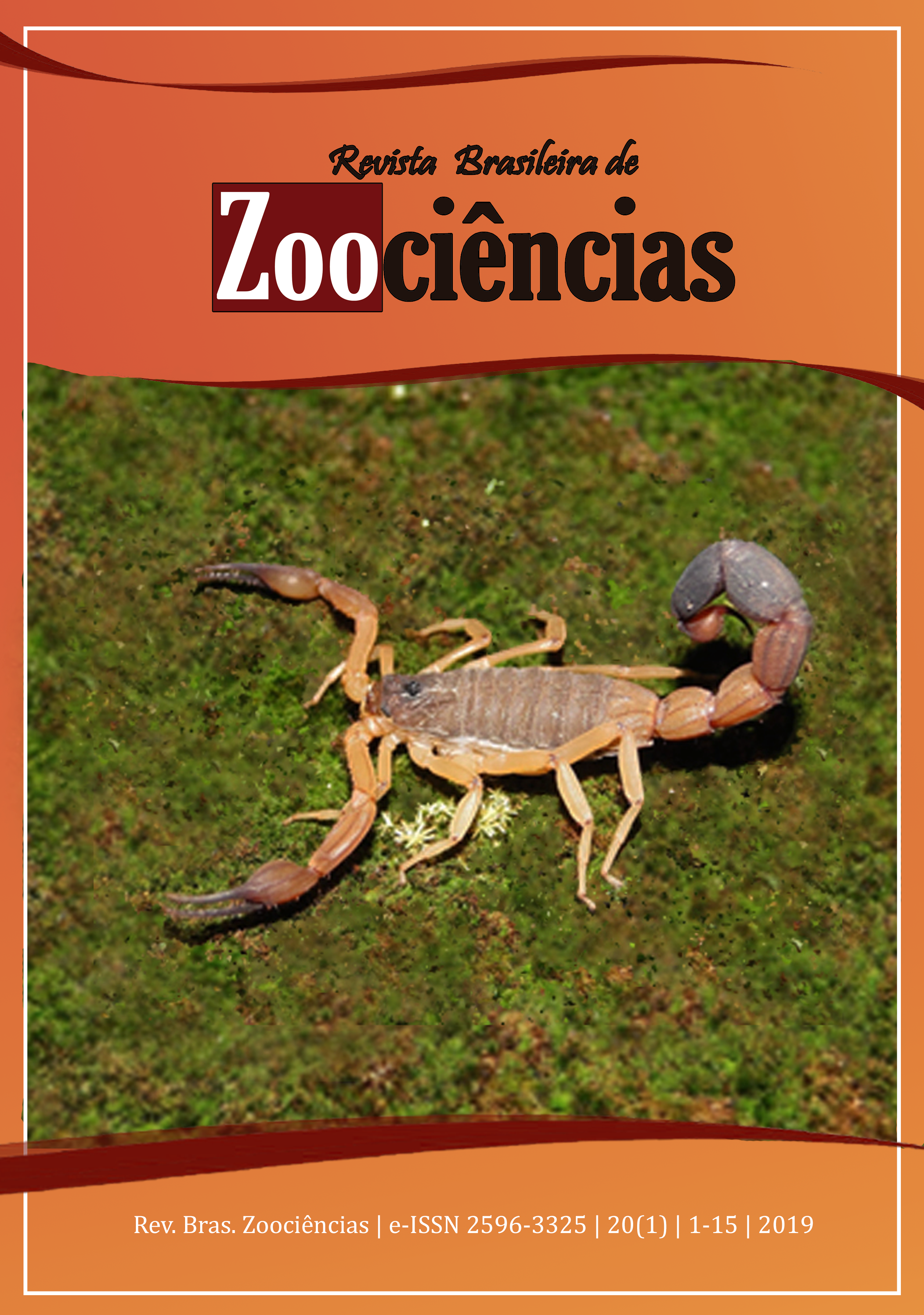A New and Simple Method to Capture Small Arboreal Mammals: The Suspended Pitfall
DOI:
https://doi.org/10.34019/2596-3325.2019.v20.24790Palavras-chave:
Arboreal live traps, Atlantic Forest, Cabruca agroforest, Mouth of the Doce River, Trapping methodsResumo
The suspended pitfall demonstrates a new and simple mechanism to capture small arboreal and scansorial mammals. It is an arboreal version of the pitfalls traditionally used to capture terrestrial amphibians and reptiles. Buckets with bait inside are raised by a rope until they reach a tree branch at the desired height. Tests were performed in the Atlantic Forest at three different sites at the mouth of Doce River in Linhares, southeastern Brazil. In one of them suspended pitfalls were set up in the understory of a shaded cacao plantation (cabruca agroforest) in the branches of cacao trees between 2 and 3 m in height, and in the other they were placed in a native forest between 5 to 15 m in height. At the third site, suspended pitfalls were tested together with the other live traps used hitherto in the understory of other cabruca agroforest. The marsupials Didelphis aurita, Caluromys philander, Marmosa (Micoureus) paraguayana, Gracilinanus microtarsus, Marmosa murina and the rodent Rhipidomys mastacalis were captured by suspended pitfall. This live trap was capable of catching all sizes of small arboreal mammals, including juvenile individuals. This method proved to be functional for the capture of some small arboreal mammals and may be a complementary alternative for sampling in high forest strata.



